How to avoid stationary bike injuries
Author Details
Reg. PT., M.Sc.PT., H.B.K. | National Director of Program Development, Specialty Services
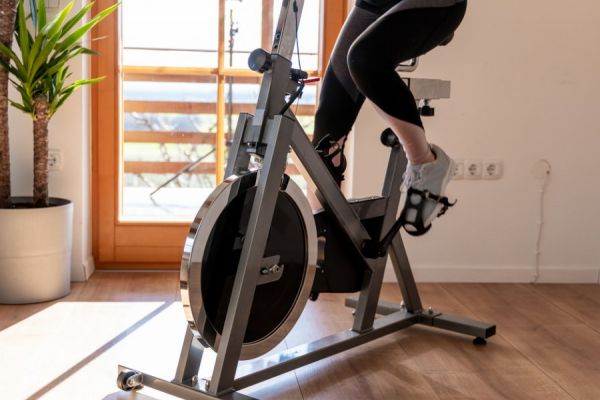
Cycling has many health benefits as it provides a solid workout, helping you to improve your heart health and strengthen your core and leg muscles. This is just one of the many reasons why millions of us continue to choose the humble bicycle, invented in the early 19th century, as a regular method of transportation.
Unfortunately, simple mistakes while using a stationary exercise bike can lead to injuries, and getting hurt can mean having to stay off your bike for several weeks.
So, how do you avoid injuries? Here are a few tips to help you prevent injuries to your knees, neck, and back.

Adjust your seat properly
Make sure your bike seat is at the right height for you and isn’t too low, too high, too far forward or too far back - all can lead to lower back problems or knee injuries. You can adjust your bike differently depending on if you’re looking for comfort, for higher performance, or if you’re recovering from an injury.
The best way to find the ideal seat height for you is to sit on the seat, placing the heel of your foot on one pedal while the pedal is in the lowest point of the pedal circle. At this point, your knee should be straight. Pedaling should be done with the ball of your foot, so that once you move from your heel to the ball of your foot, your knee of the leg on the pedal should be slightly bent, at a 25-30 degree bend.
Warm up
Like any form of exercise, stretching and warming up can help prevent injuries. Don’t just go right in. Before using your bike, stretch your legs and get your body moving, readying for physical exercise. Once on your bike, start slowly and gradually increase the intensity of your workout. Pay attention to your body, change positions regularly (eg. lift off the seat, lean forward or back), and give your body time to recover between training sessions.
Don’t lean too far back or forward
Leaning too far back can lead to back problems over time. Leaning too far forward (over the bike handles) can also cause problems as it means you’re shifting your weight forward, which can strain your shoulders and neck. Make sure you maintain a good posture. If your hands start to become numb, this is an indication that you're putting too much weight on your hands and should shift yourself.
Don’t use handlebars that are too low
Higher handlebars put less tension on your shoulders, neck and back. They can also help you readjust your position as you bike and move in and out of your bike seat.

Watch out for Cyclist's Knee
Cyclist's knee (also known as Patellofemoral pain syndrome) is an overuse condition caused by repetitive friction between the thigh bone and the knee cap. This can also be caused by decreased hip mobility, causing the knee to work harder over time, leading to knee pain. Generalized knee pain can be a sign something’s not right.
To avoid cyclist’s knee, try adjusting your bike seat to decrease the amount of knee flexion and do most of your riding in an easier gear with a higher cadence (pedal revolution), generally lower gears. You should also work on developing good hip mobility through stretch and exercise techniques. If you develop cyclist’s knee and your symptoms persist, physiotherapy for strengthening your muscles could be useful.
Don’t be numb to Hot Foot Syndrome
Hot foot syndrome (also known as metatarsalgia) or foot numbness is another common complaint amongst cyclists. Too much pressure between the foot and the pedal, or wearing shoes that are too tight, can cause this issue. Typically, your feet will swell slightly after 20 minutes, so start with your shoes a bit looser and tighten them later in your workout.
Taking your foot off the pedal and shaking it a little can allow the symptoms to resolve. If this is a recurring issue, changing shoes to use a larger size or changing the type of pedal you’re using can help. If you are riding with cleats, you could also adjust the posting of the cleat on your shoe.
Don’t put off treatment
If you’re in pain and your symptoms aren’t resolving themselves, don’t put off treatment. Through Virtual Care or in-person services, a Lifemark physiotherapist can evaluate your condition and develop a personalized treatment plan for you.
To schedule an appointment, contact a Lifemark clinic near you or book an appointment online.
Author Details
Reg. PT., M.Sc.PT., H.B.K. | National Director of Program Development, Specialty Services
Related Articles
Exercise strategies and activities to help you work out at home
Tips to stay safe and prepare for winter activities this year
Treating an acute injury? Go for M.E.A.T. over R.I.C.E.
How to set up your work environment when working from home
Special Olympics athletes and the importance of support
Working with Special Olympics athletes as a physiotherapist
The forward fold stretch: the perfect exercise if you work at a desk all day
Getting active is just like brushing your teeth
How to use a tennis or lacrosse ball to relieve acute muscle pain
Have you heard of “prehab” for replacement surgeries and how it can help?
How swimmers can prevent and manage shoulder injuries
4 Summer Sports Injuries & How Physiotherapy Gets You Back in the Game
What is the rotator cuff, and why is it so easily hurt?
Paddling Basics: Stay Dry and Injury-Free on the Water
Keep yourself safe at work and out of physio
My New Year resolution: To prevent injuries
Keep your stick on the ice this hockey season
Fore! Get on the green and keep your swing healthy
Injured on the field? Physio + sport medicine can help
3 things outdoor runners should remember at the beginning of the season
Hand injury? You might be surprised to learn what physiotherapy can do
Know your Pilates - clinical Pilates versus traditional Pilates
Let's keep in touch!
SIGN UP TO GET HEALTH AND WELLNESS INFO RIGHT TO YOUR INBOX
Subscribe to receive the latest health and wellness news and information in your inbox every month.
By subscribing you agree to our privacy policy. You can unsubscribe at any time.



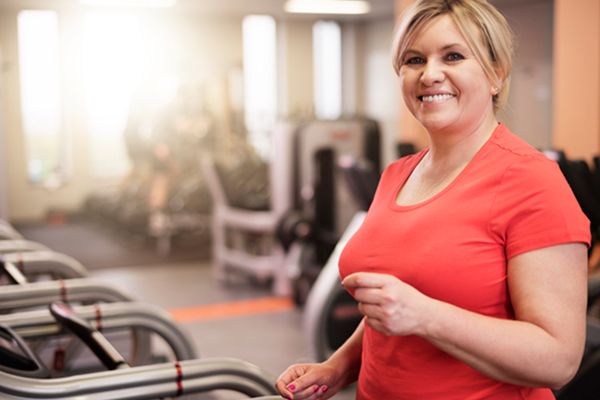

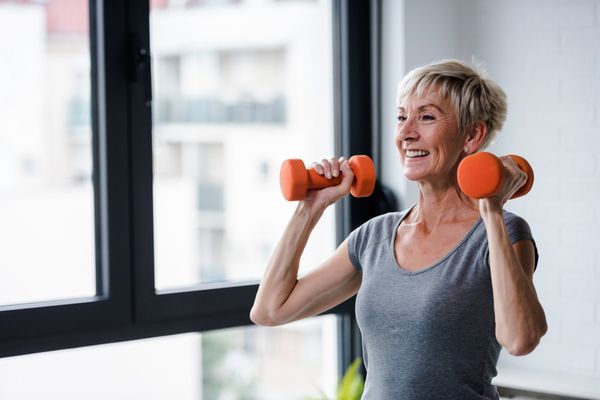













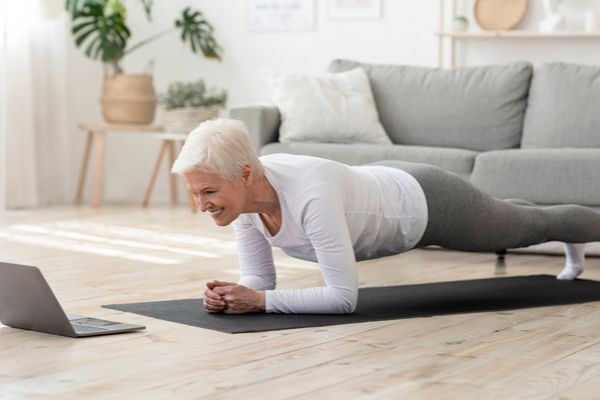













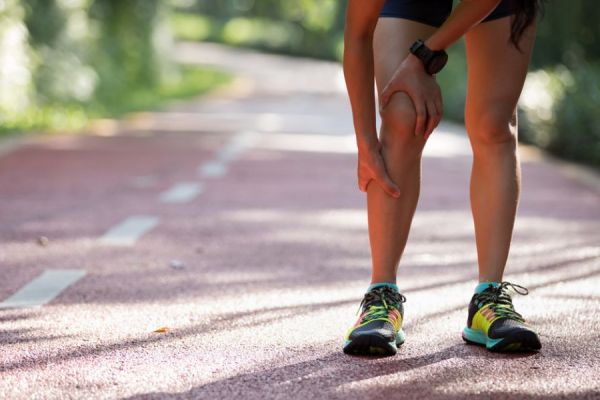

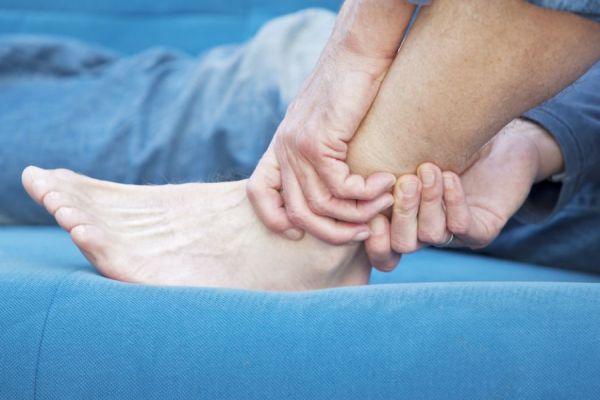

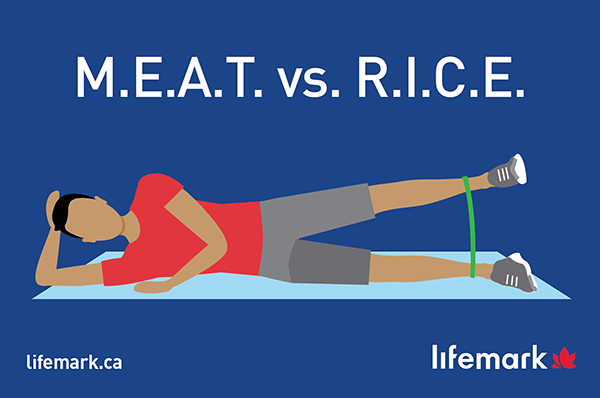


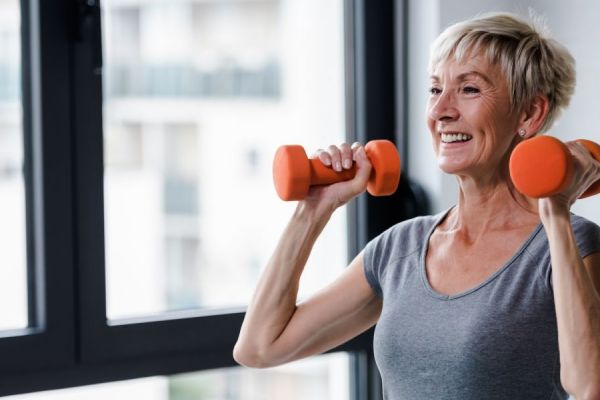

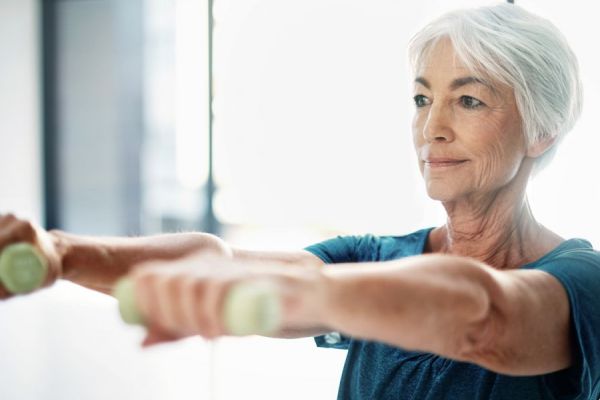



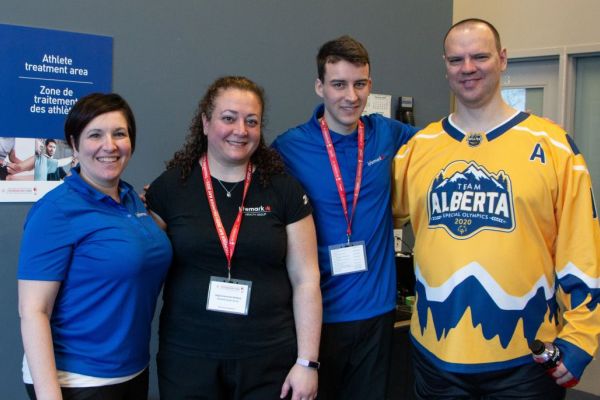



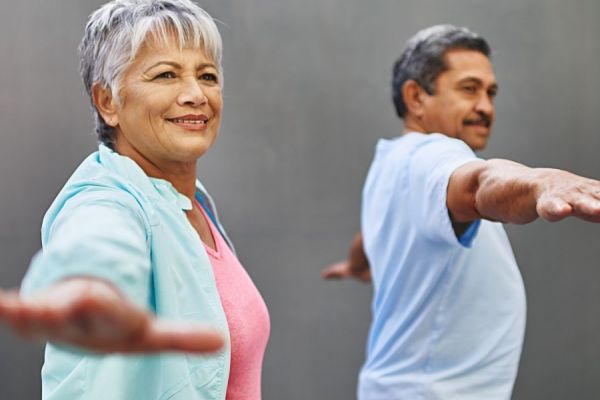




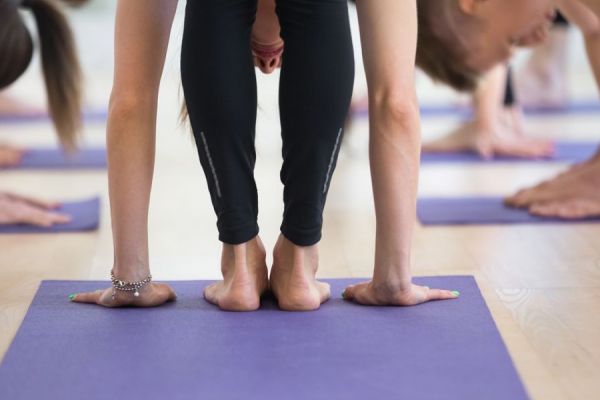
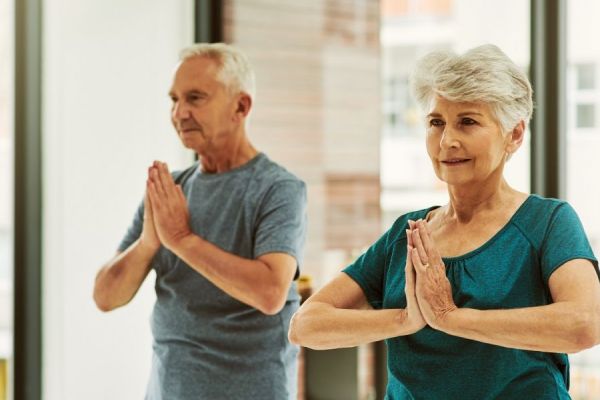


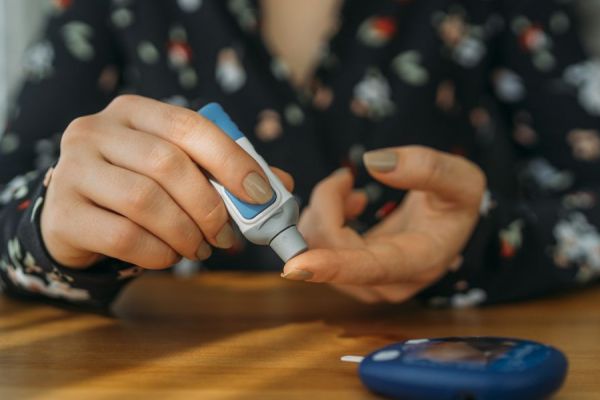

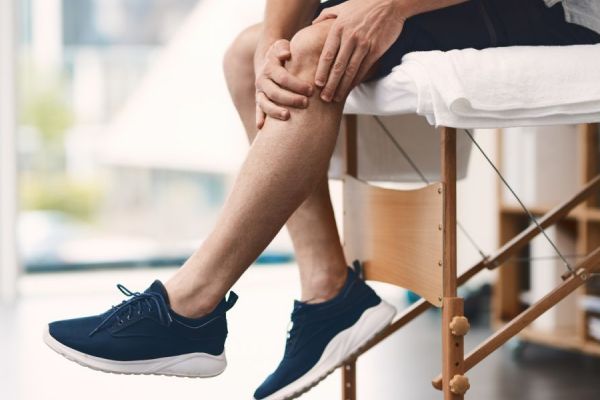
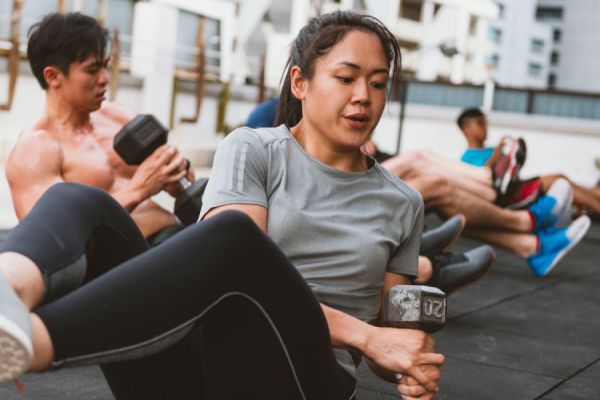

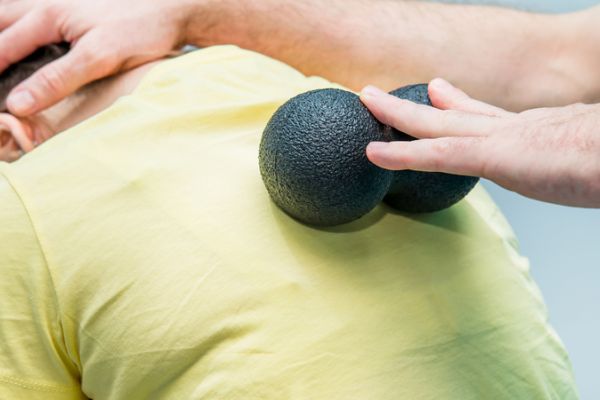






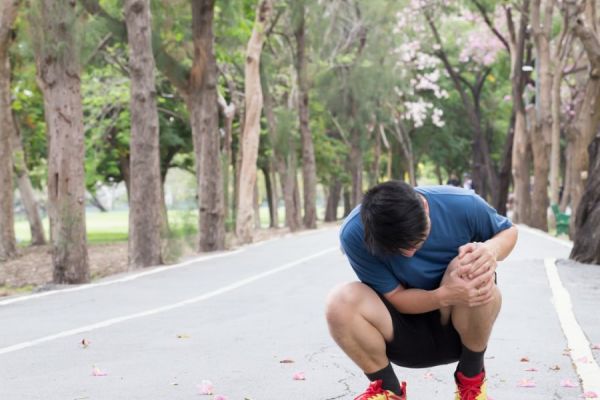



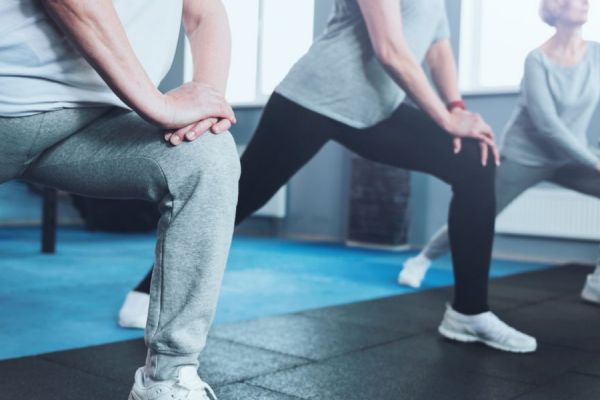

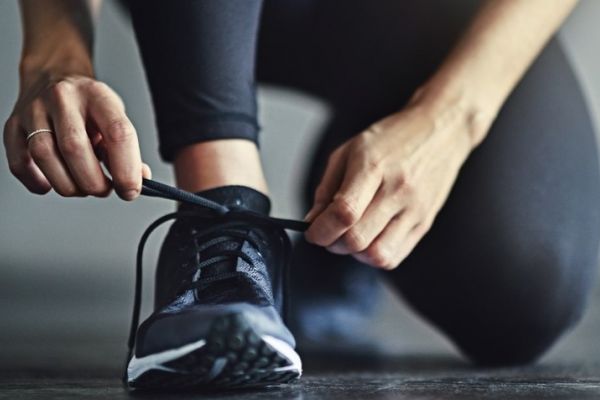

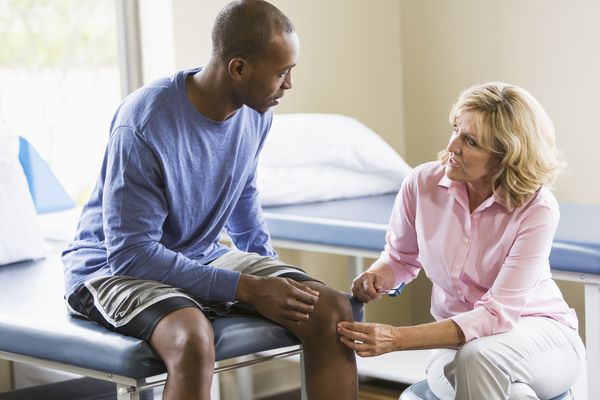



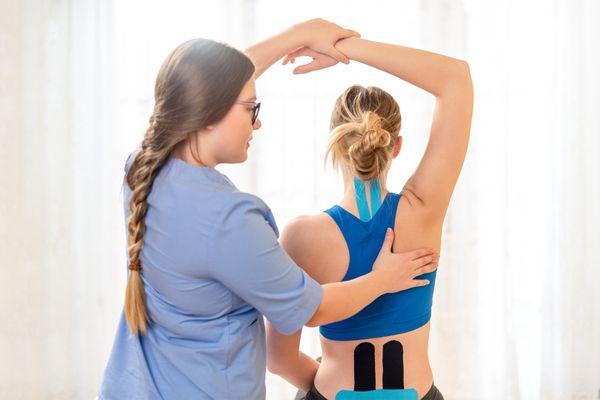

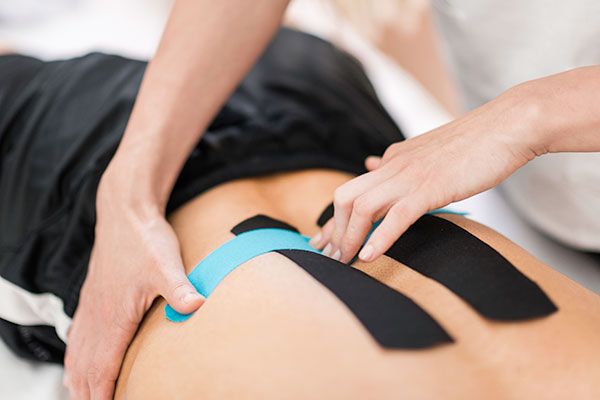





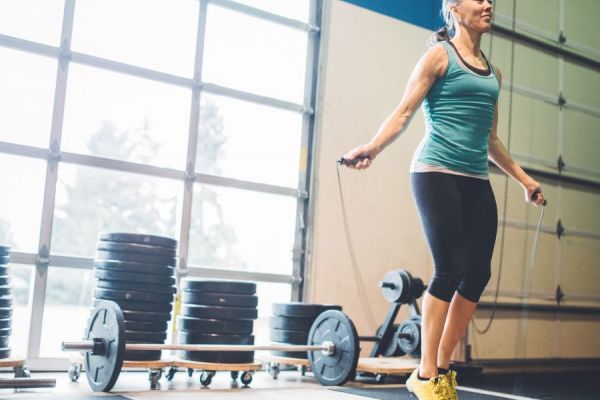




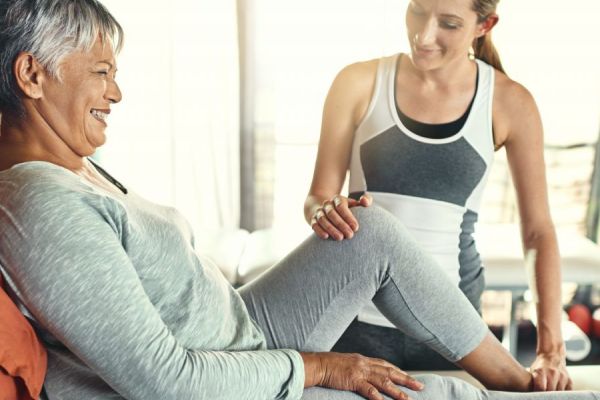


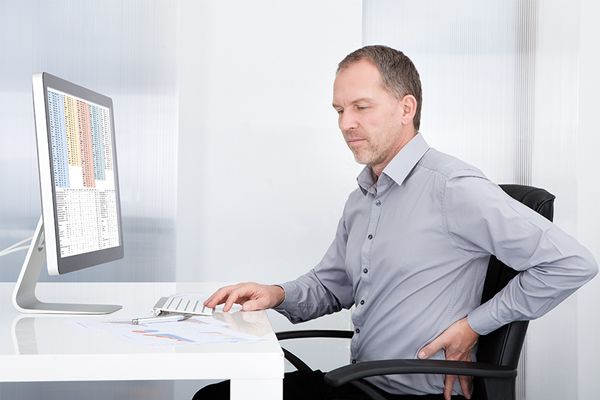



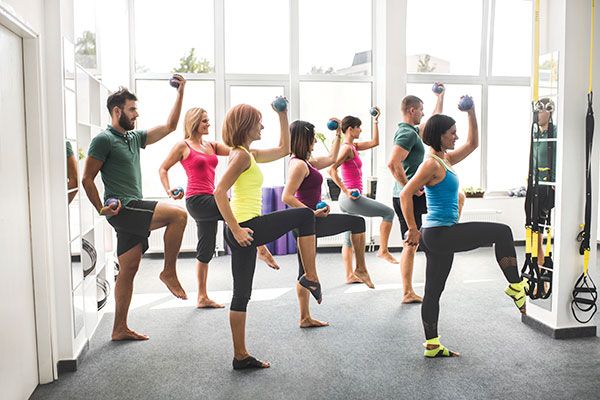








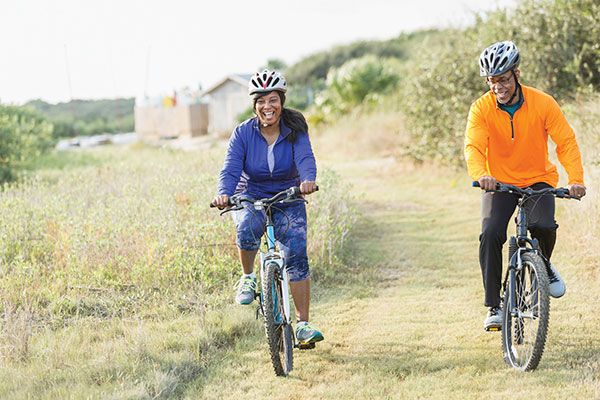


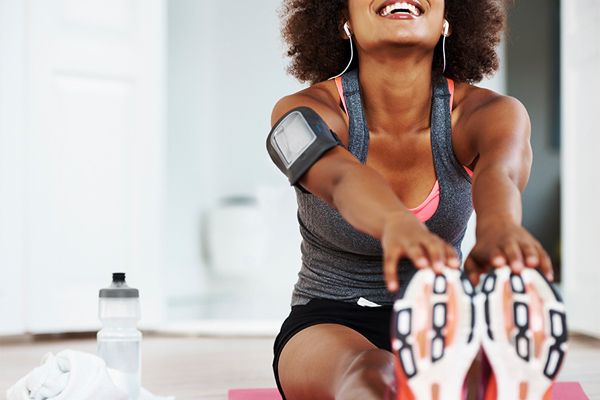


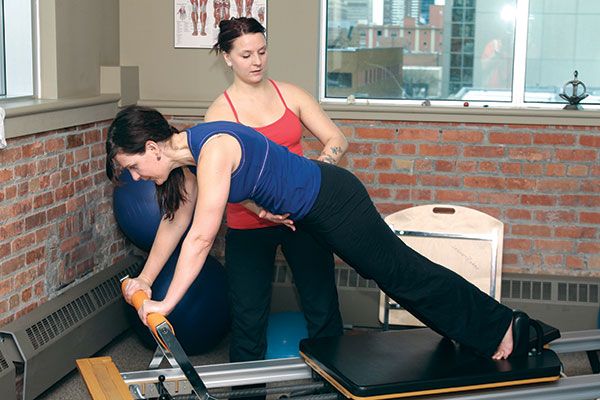


We can help you move and feel better.
Book an appointment today.